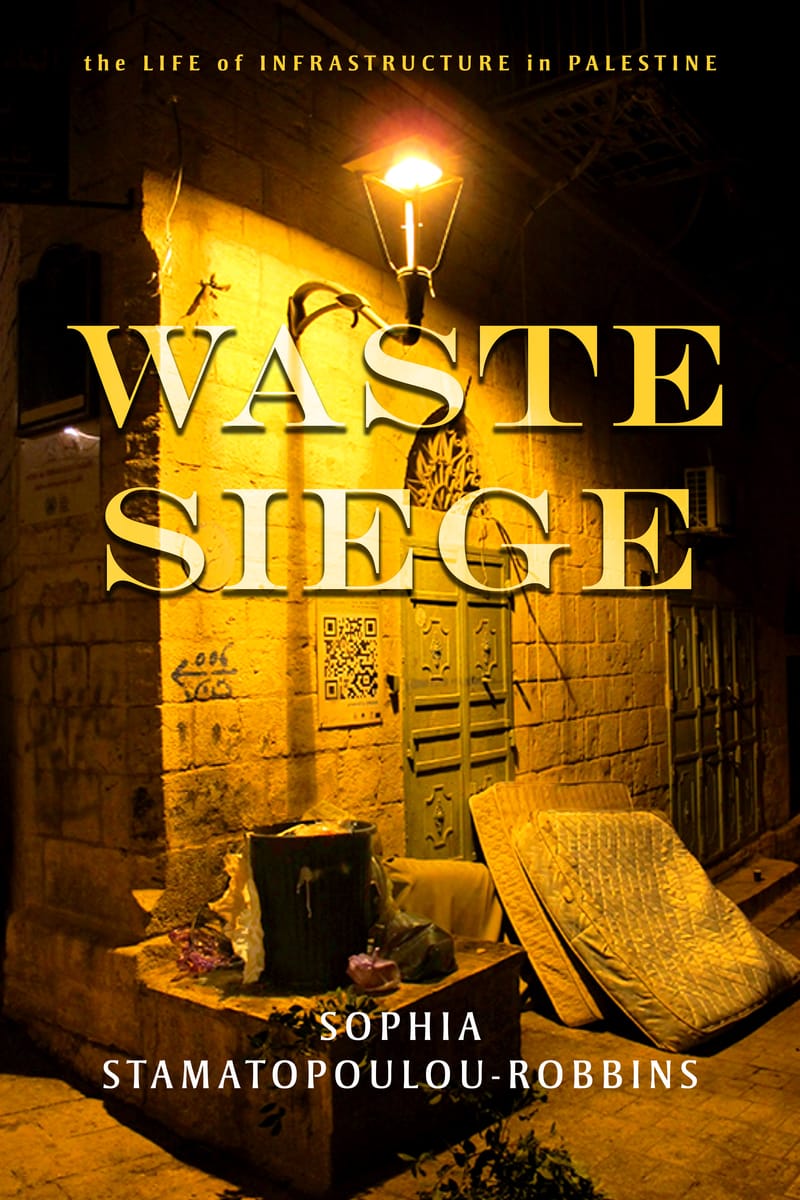An Interview with Sophia Stamatopoulou-Robbins
Sophia Stamatopoulou-Robbins, an assistant professor of anthropology at Bard College, is the author of Waste Siege: The Life of Infrastructure in Palestine (Stanford: Stanford University Press, 2020), which won the Albert Hourani Book Award from the Middle East Studies Association in 2020. Tessa Far











